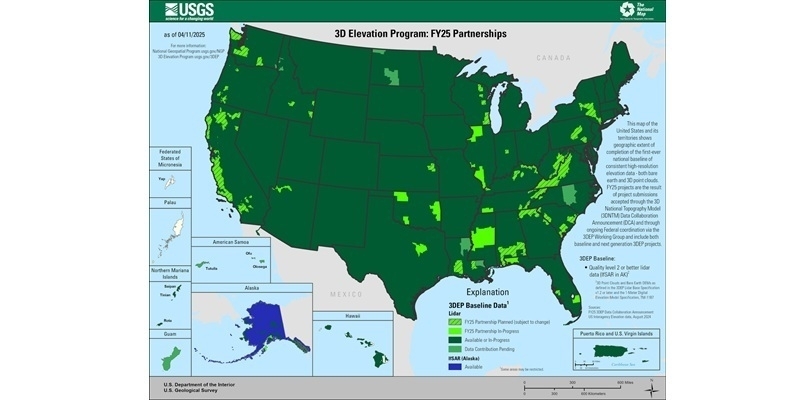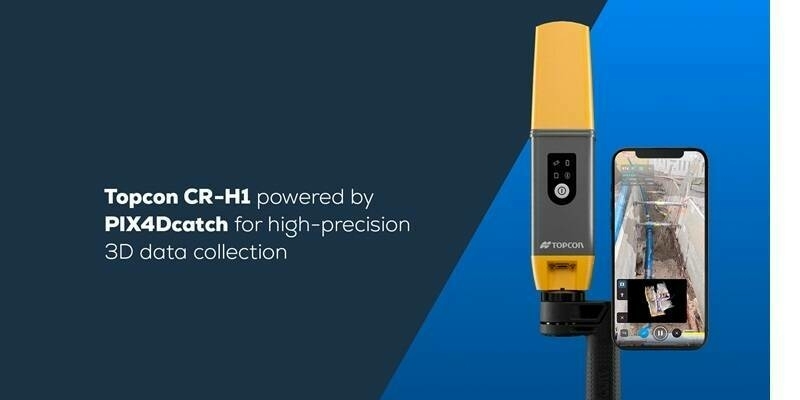Operational and retired satellites orbiting more than 36,000 km above the Earth will be tracked in a collaborative international experiment by scientists from the UK’s Defence Science and Technology Laboratory (Dstl) and amateur astronomers from Australia and the UK.
Argus 2 is the latest phase of a “citizen science” exercise which assesses the viability of tracking of objects in Space using commercially available cameras and lenses. The experiment is designed to explore affordable options for Space Situational Awareness, the process of tracking objects in orbit and predicting their future paths to help mitigate the risks to UK satellites posed by collisions with debris.
During Argus 1 in 2019 Dstl collaborated with the Basingstoke Astronomical Society (BAS) in the UK to track objects orbiting in the Low Earth orbit (LEO) belt 400km above the Earth. Dstl scientists developed automated image processing tools and in-house orbit estimation software to analyse the large amount of data captured and learned valuable lessons on the surveillance of Space. As part of Argus 2, members of the Tamworth Regional Astronomy Club (TRAC) in Australia will be observing the satellites from the Southern Hemisphere; this is to ensure that results are consistent with those captured by BAS from the Northern Hemisphere and to examine the benefits and challenges of processing observations from two sites.
To track objects in the geostationary (GEO) belt, 36,000 km above the Earth, the Australians will be utilising one of the only two historic 34 inch Hewitt camera/telescopes designed by the Radar Research Establishment in Malvern, Worcestershire, and built by Grubb Parsons. The powerful, 8.5 tonne telescope with 24 inch aperture and f1 focal ratio was developed in the late 1950s to monitor the early generation of satellites.
As part of the project the astronomers will also be observing redundant satellites which have reached the end of their operational life. In accordance with international guidelines such satellites are moved 300 km beyond GEO to the Super-GEO satellite belt, a Space “graveyard”. Once there they cannot directly collide with operational satellites in GEO, however the long term motion of these satellites is unknown. Argus 2 aims to better understand the evolution of the debris population to assess the risk posed to satellites critical to the UK that help underpin so much of modern life.
Mike O’Callaghan, Dstl’s Space Programme Manager, said: “Space Situational Awareness is fundamental to protecting the operation and security of Space satellites. As Space becomes more crowded the likelihood of collisions increases. By observing current satellites we can help predict how they may behave in future and design measures to avoid collision. The data gathered with BAS was extremely useful and we look forward to adding a new dimension with the Australians.”
Trevo Gainey from BAS added: “We enjoyed participating in the original Argus 1 project and testing our observational skills. We have more members interested in this follow-on project so are hoping for clear skies.”
Subscribe to our newsletter
Stay updated on the latest technology, innovation product arrivals and exciting offers to your inbox.
Newsletter

